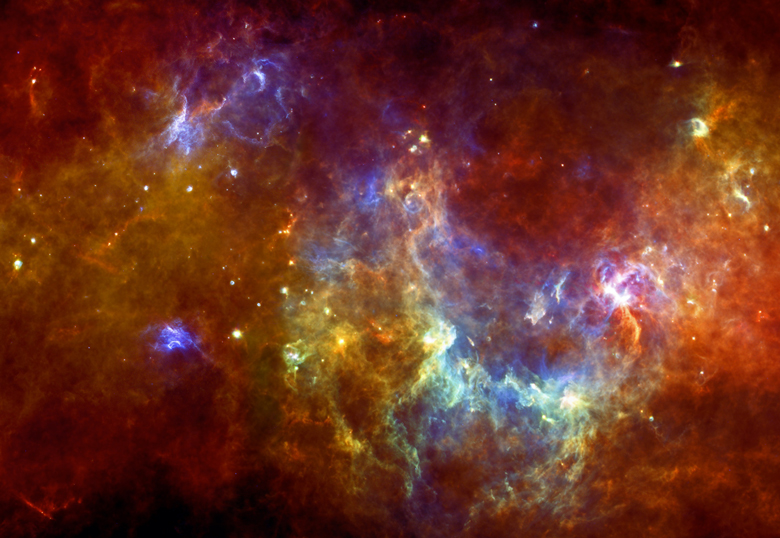Having played a major role in the mission’s unmitigated success, it is only fitting that the final Herschel/SPIRE Consortium meeting be held at the University of Lethbridge.
Leading scientists from around the world will attend a four-day conference, the SPIRE ICC Post-Ops Meeting, February 16-19, 2016, and the U of L’s Dr. David Naylor (physics and astronomy) will host the event.

“Herschel has been one of the European Space Agency’s (ESA) most successful space astronomy missions. It remains the largest telescope ever launched and has led to major breakthroughs in our understanding of the universe,” says Naylor, whose team of researchers created the Spectral and Photometric Imaging Receiver (SPIRE) that served as one of three scientific instruments attached to the Herschel telescope.
“It was expected that the final SPIRE meeting would be held in the U.K., but the principle investigator, Dr. Matt Griffin, specifically requested that we host the meeting in recognition of the leading role that Canada has played in the development, commissioning and performance optimization of SPIRE.”
The attendees at the meeting will include: Dr. Göran Pilbratt, the European Space Agency scientist for Herschel; SPIRE instrument principal investigator Dr. Matt Griffin; James Doherty, program lead, Space Exploration, Canadian Space Agency; Dr. Peter Roelfsema from the Space Research Organization of the Netherlands and the principal investigator of the SPICA mission (SPICA is the successor to Herschel and Dr. Naylor is leading the Canadian effort to establish a role for Canada in this mission); along with many scientists from the eight participating countries, the United Kingdom, France, Italy, Spain, Sweden, United States, China and Canada.
Among the Canadian scientists attending who played a significant role in the success of SPIRE include Drs. Gary Davis (SKA Telescope), James DiFrancesco (University of Victoria), Mark Halpern (University of British Columbia), Peter Martin (University of Toronto), Douglas Scott (UBC) and Christine Wilson (McMaster University).
The Herschel Space Observatory was launched in May 2009 from Kourou, French Guiana. Its sensitive suite of instruments was able to measure the tiny amount of energy associated with light emitted at far-infrared wavelengths to reveal the hidden universe.
Herschel was able to provide a wealth of detail on the physical composition of, and conditions within, objects ranging from protostellar clouds to distant galaxies.
“SPIRE was able to detect unique spectral signatures not visible by optical telescopes. It produced amazing images of the interstellar medium that provide important clues on the formation and evolution of stars and ultimately galaxies,” describes Naylor.
The Herschel mission concluded in April 2013 when its onboard supply of liquid helium was exhausted. Since then, the mission has been in the post operations phase. The talks presented at this final post operations meeting will discuss key science results in themes ranging from the solar system to stars and galaxies; themes in which scientists from across Canada have been deeply involved.
“Our contributions to the SPIRE instrument have been significant,” says Naylor. “They have not only helped to put the U of L on the map, but ably supported by the Canadian Space Agency, helped to ensure that Canada remains a partner of choice in the next generation of space astronomy missions.”
